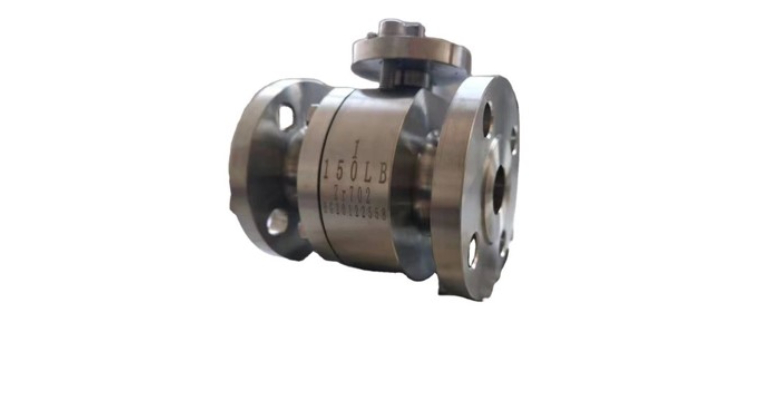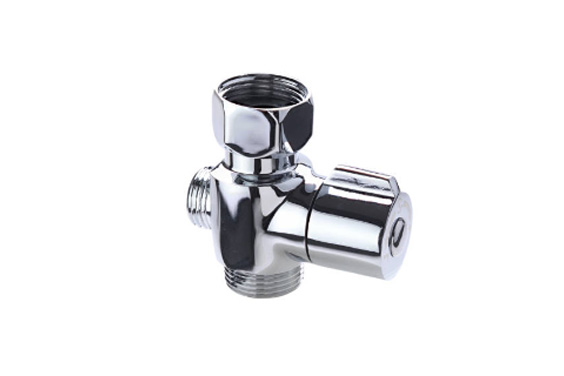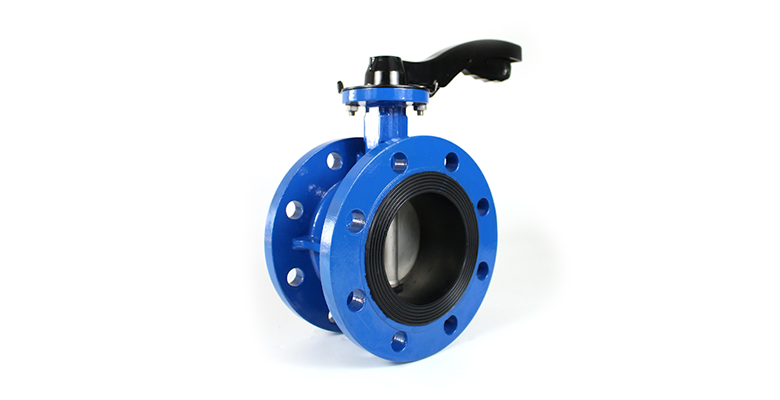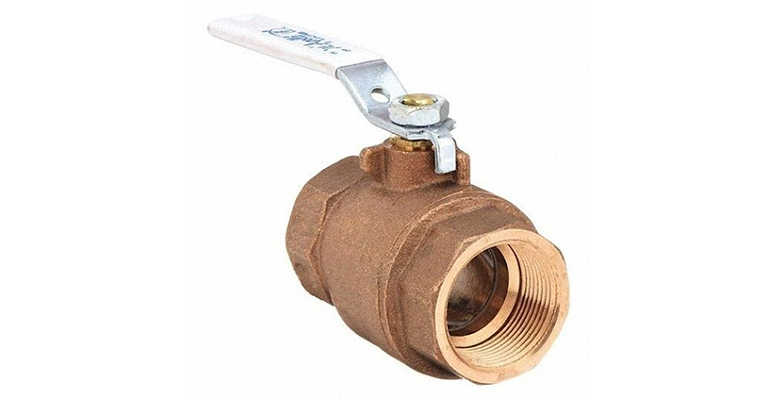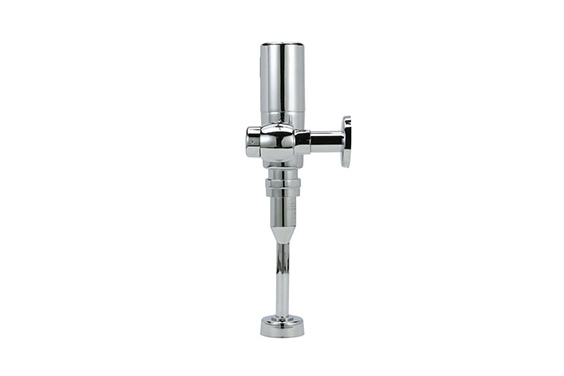A proportioning valve is an important part of a braking system. It helps to ensure that the pressure applied to the brakes is appropriate for the vehicle. Without a proportioning valve, the brakes could lock up or cause other problems. So, how does a proportioning valve work? Let’s take a look!
How Does A Proportioning Valve Work
A proportioning valve is a device that controls the flow of liquid from one line to another. It uses an electric motor to send a signal that adjusts the opening of the valve. The result is a more accurate and efficient system for your vehicle.
Let’s say you are driving down the road and you need more power steering fluid than what your steering pump can provide. If you don’t have this type of device, then you would have to stop and refill your reservoir, which isn’t ideal when you’re on the road. This is where a proportioning valve comes in handy because it will automatically adjust to your needs by sending out additional fluid when needed.
The main purpose of this system is to ensure that all parts receive an adequate amount of fluid at all times. This means that if one part requires more fluid than another part, it will receive it automatically without having to be refilled manually or adjusted with a manual valve.
The most common use for these devices is in vehicles that are equipped with ABS brakes as well as power steering systems. However, they can be used in any type of vehicle or equipment that requires hydraulic pressure such as forklifts, dump trucks and other types of machinery used on construction sites.
It’s important to know how a proportioning valve work so you can make sure your car has the right amount of fluids at all times and avoid costly repairs down the road due to lack of maintenance on your part!
What are some symptoms of a faulty proportioning valve?
Your car’s proportioning valve is an essential component of its braking system. Its job is to regulate the amount of brake fluid that flows to the front and rear brakes, ensuring that each gets the right amount.
If the proportioning valve is not working properly, it can cause a number of problems. For example, if too much brake fluid is sent to the rear brakes, the front wheels may lock up when you try to stop.
Alternatively, if not enough fluid is sent to the rear brakes, they may start to skid. Either way, it’s important to be aware of the signs of a faulty proportioning valve so you can get it fixed as soon as possible. Some common symptoms include uneven braking, brake pedal pulsation, and premature wear on the brake pads. If you notice any of these issues, be sure to have your car checked out by a qualified mechanic.
How do you test a brake proportioning valve?
A brake proportioning valve is a device that regulates the amount of pressure that is sent to the brakes. It is an important safety device that helps to prevent your brakes from locking up. To test a brake proportioning valve, you will need a pressure gauge and a test light. First, connect the pressure gauge to the brake line.
Next, start the engine and pump the brakes several times. The pressure gauge should read between 1000 and 2000 psi. If it does not, then the valve needs to be replaced. Finally, connect the test light to the brake light switch. With the engine off, depress the brake pedal. The test light should turn on when you do this. If it does not, then the valve may be faulty.
Does the proportioning valve control pressure to the front brakes?
When you step on the brake pedal in your car, the stopping power doesn’t come from the pedal itself. Instead, that power comes from the hydraulic fluid that’s sent to the brakes when you press the pedal. That fluid flows through a series of tubes and hoses to the brakes at each wheel. Along the way, that fluid passes through a proportioning valve.
The purpose of that valve is to control the pressure of the hydraulic fluid going to the front brakes. If too much pressure is sent to the front brakes, they could lock up, causing the car to skid. As a result, the proportioning valve is an essential safety feature in any car with hydraulic brakes.


